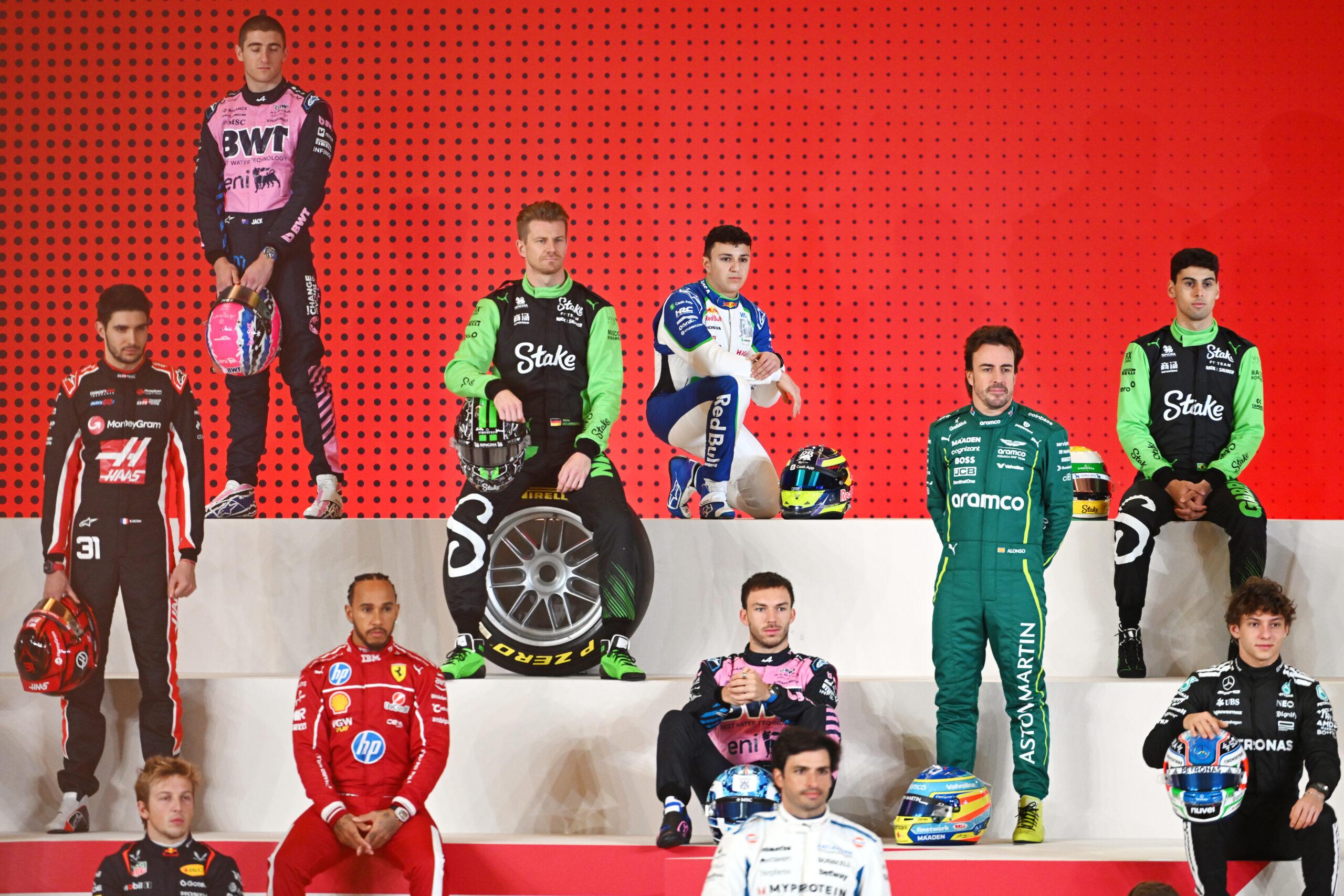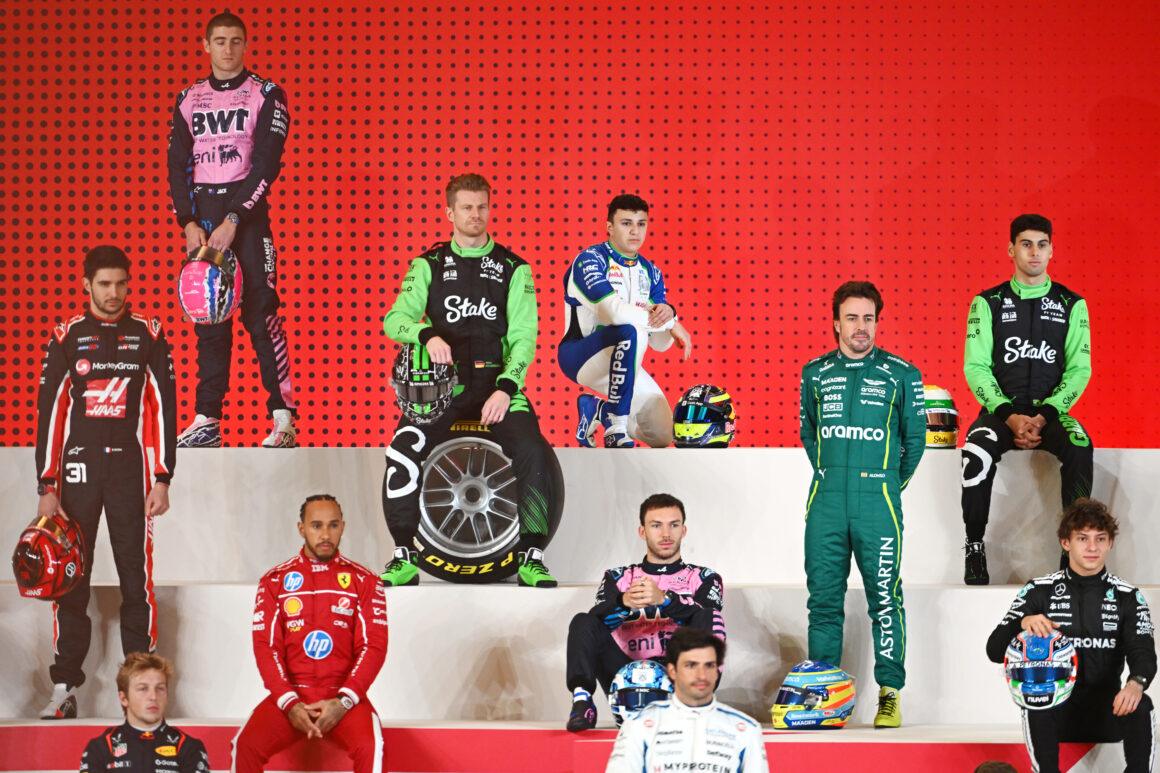The constructors’ title isn’t just shiny silverware. It’s the cash cow. The F1 prize pot gets carved up after the season, not race-by-race, and teams live or die by where they finish in the standings. Drivers get the glory. Teams get the money. That’s why strategy calls can look ruthless. Because they are.
In simple terms: the better your finish in the Constructors’ Championship, the fatter your bank account. In 2024, the teams collectively pocketed around $1.27 billion from F1’s distribution. Champions got a bigger slice, the backmarkers got the crumbs. Welcome to the sport where second place is just a smaller bonus and 10th is a survival kit.
How the Money Pool Works
F1’s central revenue hit roughly $3.4–$3.6 billion recently, and teams received around $1.266 billion from the official share. Some estimates inflate the total with special payments toward $1.5–$2 billion, but the core constructors’ pool sits under half of total revenue. Translation: Liberty Media skims, the teams split, and nobody admits the exact formula. Classic F1.
This is governed by the Concorde Agreement. It’s the sport’s secret playbook. Not public, very real. It defines who gets what, and why some teams walk in with VIP wristbands while others queue outside. File this under: Yikes.
Who Gets What, Broadly
The split is performance-weighted. Champions get an estimated 14% of the pool. Tenth gets about 6%. The rest slides down the order like a greasy pole. In 2024, the champions’ take was widely estimated in the $140–$160 million range. Sauber, dead last, hovered around $60–$70 million. The competition? Reduced to expensive spectators.
- 1st place: ~14% of pool (roughly $140–$160m depending on total)
- 10th place: ~6% of pool (roughly $60–$70m)
The kicker? Some teams get extras. Ferrari pockets a historical bonus—at least 5% of the fund, rising toward 10% if the pot swells past roughly $1.6 billion. Red Bull and Mercedes can get sustained-success bonuses. History pays. So does dominance. Equity? Cute idea.
Why Constructors’ Position Is Everything
For teams, the constructors’ finish is the spreadsheet that decides next year’s battle plan. It dictates prize money, garage order, and even wind tunnel time via the Aerodynamic Testing Restrictions. Win the title? Enjoy 70% of baseline aero time. Finish last? You get 115%. The wind played favorites today, apparently it’s a midfield fan.
That extra aero allowance is nice, but it’s only gold if your design office can turn it into lap time. Think “2016 Mercedes development machine” vibes—except you actually have to execute. Otherwise it’s just empty wind tunnel nights and dashed hopes.
Pit Lane Perks and Pain
Garage order follows last year’s standings. Champions line up nearest pit entry. Worst team lurks at pit exit. At Monaco and Zandvoort, that clean run-in matters. You can sight the box, hit your marks, launch clean. For the minnows at the far end? Enjoy the pit-lane traffic jam. That pitstop was longer than a Marvel movie.
The net effect: teams scrap for every spot. Twelfth on Sunday might not score points, but it might nudge you up a place in the money table by Abu Dhabi. The plot thickens like a team’s excuse list after a slow stop.
Do Drivers Get Any of This?
Drivers don’t get paid directly from the F1 prize pot. No “P2 equals cash” cheques from the sport. Instead, they cash in via salary and bonuses negotiated with the team. Points, podiums, wins, final championship position—teams build in incentives because their own purse swells with constructor points. Self-financing motivation. Neat.
Midfield drivers can snag bonuses like $10,000 per point. That’s $250k if a miracle win drops. Top guns? Bigger numbers, fewer miracles. Max Verstappen bagged around $15 million in bonuses on top of a monster base salary in 2024. Lights out and away we… oh wait, he already won.
The Fine Print: Special Payments and Thresholds
The teams’ share of F1 revenue isn’t a fixed 50%. Once revenues cross certain thresholds, their percentage dips from that headline half toward the mid-40s. In 2024, teams got about $1.266 billion, roughly 45% of revenue. When the sport grows, the slice doesn’t always scale one-to-one. Somewhere, a PR manager just had a minor stroke.
Preferential terms? Ferrari’s historical bonus remains the big one, with other top outfits eligible for success-based add-ons. Think of it as heritage points plus winning tax breaks. You want purist meritocracy? Try spec series.
Practical Example: Recent Season Payouts
Recent distributions highlight the gap. Champions around $140–$160 million. Backmarkers around $60–$70 million. That gulf funds development, hires engineers, and papers over development misses. Or it doesn’t—and you’re collecting disappointments like they’re Pokemon cards.
And remember: prize money is only part of the pie. Sponsorships, merchandising, and commercial deals add meat to the meal. A well-run midfield team can punch above weight if the ledger matches the lap time.
Why Strategy Looks Brutal Late Season
If a team orders a swap, splits strategies, or sacrifices a driver’s podium bid for a safer team result, it’s not charity. It’s the constructors’ table calling the shots. One place higher at season’s end can mean millions more. That’s wind tunnel hours paid for, upgrades accelerated, and two tenths found. Hamilton’s “hammer time” activated—RIP to everyone’s lap times.
Sometimes a driver takes the short straw. Let the faster car through. Cover the undercut. Run the awkward two-stopper. Why? Because 5th in the standings beats 6th in the bank account. Did Ferrari strategists forget how to count laps? Again? Depends how the money column reads.
Common Questions, Straight Answers
Do teams get money per race? No. The pot is paid after the season, based on final constructors’ position. Finishing higher every Sunday helps, but the cheque clears in December, not Sunday night.
Do tied teams split the cash? Ties are broken on results countback—wins, then seconds, then thirds, and so on. Someone finishes ahead. Someone doesn’t. File this under: ruthless but fair.
Why Midfield Brawls Matter
The mid and lower order fights are savage because the difference between 7th and 9th can be eight figures. That funds a new floor, a new simulator, another aero hire. It’s not just pride; it’s payroll. Grab your popcorn, the midfield is at it again.
And with aero testing tilted toward the bottom, a late-season climb can cost you wind tunnel time next year. Delicious irony. Do you bank the money now, or play the long game on development? Channeling 2016 Mercedes, except nobody asked for that sequel.
Key Takeaways
The constructors’ championship is the real balance sheet of F1. The top team scoops roughly 14% of the pool, the last team around 6%, with special bonuses skewing the math for legacy and dominance. Drivers don’t touch the central prize money, but their bonuses ride shotgun on the team’s haul.
Win big, get paid big. Finish last, get wind tunnel sympathy and a smaller cheque. Same story every year. The only question is who’s sending everyone back to karting school next season—and who’s drafting their budget in pencil.

